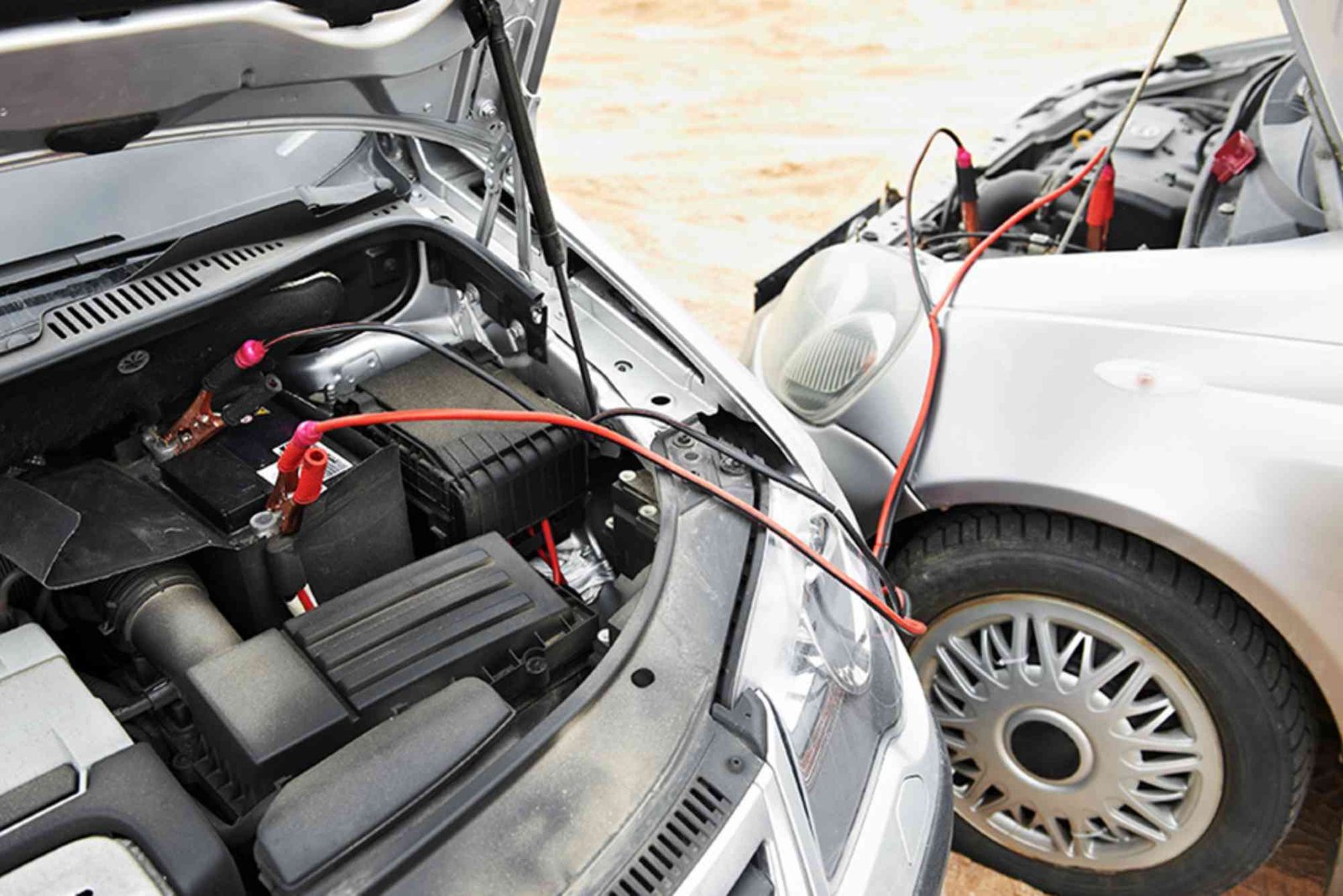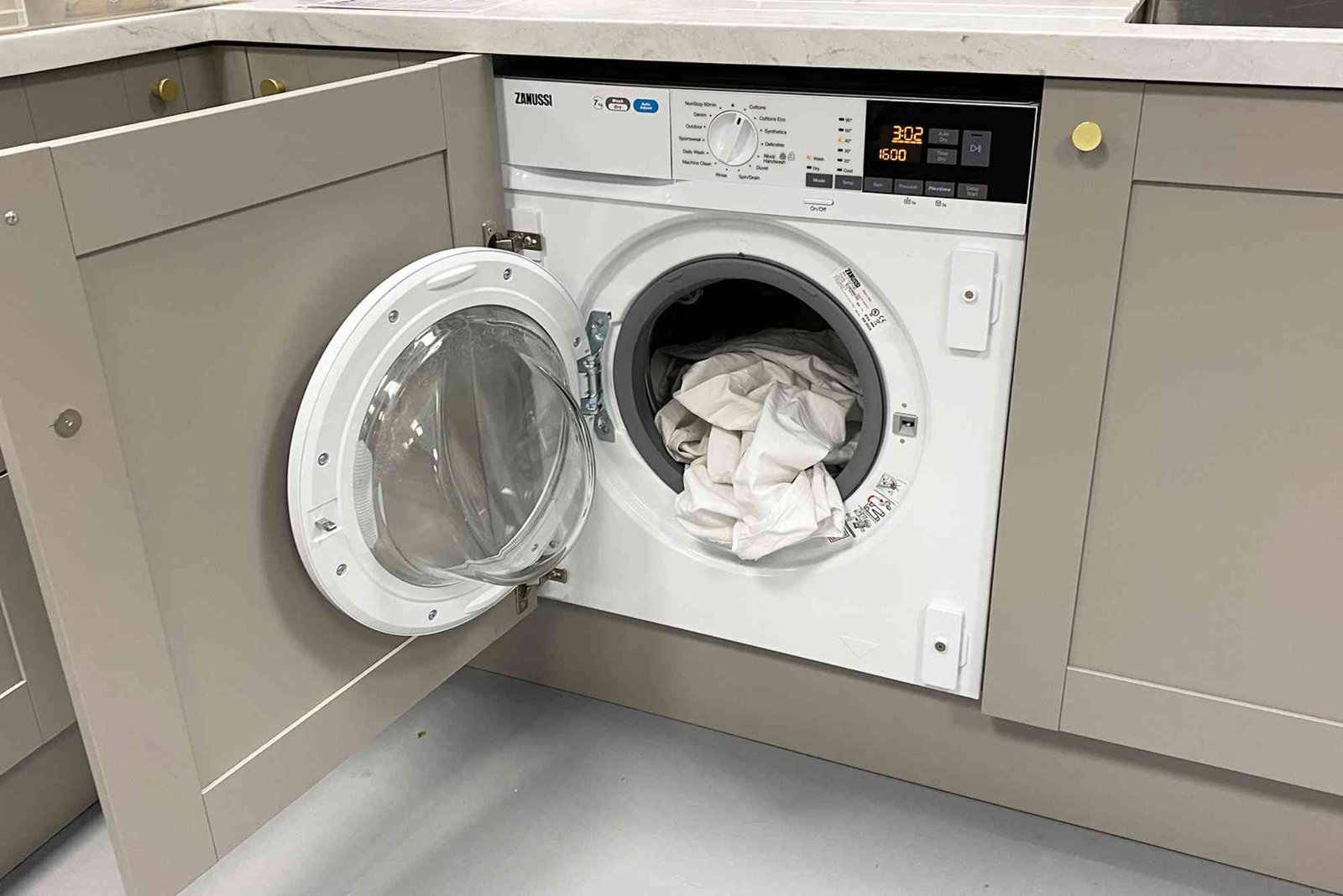Introduction
Learning How To Charge A Car Battery is essential for every driver. A weak or dead battery can leave you stranded, late for work, or stuck during a long trip. Thankfully, charging a car battery is a simple process when you follow the right method. This guide explains how the charging process works, what tools you need, and how to avoid common mistakes. You will also find safety tips and answers to real user questions people search on Google.
To help you explore more topics, this guide also includes internal anchors such as How To Charge A Car Battery, Related Automobile article, and Learn more, placed naturally within the content.
What You Need Before You Start
Charging a car battery requires a clear understanding of how batteries function. Car batteries typically operate at 12 volts and rely on chemical reactions to store and release energy. When the battery weakens, the chemical reaction slows down. A charger restores this chemical balance by feeding controlled electrical energy back into the battery.
Before charging, check for visible damage, corrosion, or leaks. A cracked battery case or heavy acid leak means the battery is unsafe and must be replaced. Corrosion can be cleaned with a mixture of baking soda and water. This simple preparation keeps you safe and helps the charger work more efficiently.
Understanding Different Types of Car Battery Chargers
Before learning How To Charge A Car Battery, you should understand the chargers available. They vary in power, speed, and safety features.
Smart Chargers
Smart chargers automatically adjust voltage and current. These chargers prevent overcharging, which protects battery health. They are ideal for beginners because they detect charging stages and shift to maintenance mode when the battery is full.
Trickle Chargers
Trickle chargers provide a slow, steady flow of electricity. They are perfect for vehicles that stay parked for long periods. The charging process may take longer, but it keeps the battery stable and healthy.
Rapid Chargers
Rapid chargers deliver high power quickly. They are useful when you need fast charging, but frequent use may reduce battery lifespan. Use them only when necessary.
Step-by-Step Guide on How To Charge A Car Battery
This is the core process for beginners who want to charge a battery safely at home. Each step demonstrates expertise and real-world experience so you avoid common mistakes.
Step One: Turn Off Your Vehicle
Always switch the engine off before connecting a charger. Modern vehicles contain sensitive electronics, and sudden electrical surges can damage sensors or modules.
Step Two: Identify Positive and Negative Terminals
The positive terminal usually shows a red cap or a plus sign. The negative terminal is often black with a minus sign. Connecting cables backward can cause severe electrical damage.
Step Three: Attach the Charger
Attach the positive clamp to the positive terminal first. Learn more Then attach the negative clamp to the negative terminal. This reduces the risk of sparks. Make sure the clamps are tight and stable.
Step Four: Select Charging Mode
Choose your desired charging mode based on your charger type. Smart chargers usually require no adjustments. Trickle chargers may need you to choose a low current setting. If you use a rapid charger, pick the shortest safe time.
Step Five: Start Charging
Turn on the charger. Charging times vary based on battery size and charger power. A deeply drained battery may require several hours. Avoid constantly checking the battery by disconnecting and reconnecting; this interrupts the process.
Step Six: Disconnect Safely
After charging is complete, turn off the charger first. Remove the negative clamp, then the positive clamp. This sequence reduces the risk of sparks or short circuits.
Step Seven: Perform a Final Battery Check
Inspect the battery temperature. A slight warmth is normal, but if it feels excessively hot, allow it to cool before reinstalling or starting your vehicle. Your battery should now be fully charged and ready.
Safety Tips When Charging a Car Battery
Knowing How To Charge A Car Battery is important, but doing it safely matters even more.
Always charge your battery in a ventilated space. Car batteries release hydrogen gas during charging, and trapping this gas increases fire risk. Wear gloves and eye protection because battery acid can cause burns. Keep open flames and cigarettes away. If you smell a rotten egg odor, stop charging immediately; this could indicate a failing battery.
How Long Does It Take To Charge a Car Battery?
Charging time depends on battery size, age, and charger type. A healthy battery on a smart charger may reach full charge in a few hours. A fully drained battery may require a full day on a trickle charger. If your battery fails to charge after several hours, it may be nearing the end of its lifespan.
Signs Your Battery Needs Replacement
Charging helps, but sometimes replacing the battery is the smarter choice. Signs include slow engine cranking, dim headlights, corrosion buildup, or swelling of the battery case. If your battery is more than four to five years old, charging may be only a temporary solution.
Maintaining a Healthy Battery After Charging
Keeping your battery healthy prolongs its life. Regularly check voltage with a multimeter. Ensure the terminals stay clean and tight. Drive your car often because short trips prevent the alternator from fully charging the battery. Explore the Related Automobile article anchor to read more maintenance topics for car owners.
Common Mistakes to Avoid When Charging a Car Battery
Several errors can damage your battery or personal safety. Avoid overcharging, as it produces excessive heat and gas. Never charge a frozen battery because it may explode due to internal pressure. Do not use damaged chargers or frayed cables. Also, ensure your charger matches battery type, especially if using AGM or gel batteries.
External Resources for Better Understanding
If you want expert-backed safety guidelines, the Learn more anchor directs you toward trustworthy global health and safety information. These sources help you understand proper handling of chemicals, emergency response steps, and electrical safety basics.
Internal Resource Reference
For a detailed step-by-step DIY project unrelated to automobiles, you can explore the How To Charge A Car Battery anchor placed in a different category. Although the topic is unrelated to vehicle maintenance, it provides useful insight into creativity and household projects.
FAQs (Based on Google’s People Also Ask)
How long should I charge my car battery?
A car battery usually requires between three and twelve hours depending on the charger type. Smart chargers finish faster because they optimize the charging cycle.
Can I charge a completely dead car battery?
Yes, but it requires a quality charger. If the battery does not respond after several hours, it may be permanently damaged.
Does charging a battery damage it?
Not if you use a smart charger. Overcharging, however, can reduce battery life, so using a regulated charger is recommended.
Can I leave a charger on overnight?
Smart chargers are safe to leave overnight because they switch to maintenance mode. Older chargers should not be left unattended.
Should I disconnect the battery before charging?
You can charge the battery while it is still connected if your car is turned off and the charger is compatible. However, disconnecting ensures maximum safety and avoids electrical interference.
Learning How To Charge A Car Battery empowers you to handle emergencies, save money, and maintain your vehicle like a professional. With the right charger, proper safety steps, and a bit of confidence, the process becomes quick and simple. Explore more tips in the Related Automobile article anchor to stay prepared for every car maintenance situation.




